Gosh But Like We Spent Hundreds Of Years Looking Up At The Stars And Wondering “is There Anybody Out
gosh but like we spent hundreds of years looking up at the stars and wondering “is there anybody out there” and hoping and guessing and imagining
because we as a species were so lonely and we wanted friends so bad, we wanted to meet other species and we wanted to talk to them and we wanted to learn from them and to stop being the only people in the universe
and we started realizing that things were maybe not going so good for us— we got scared that we were going to blow each other up, we got scared that we were going to break our planet permanently, we got scared that in a hundred years we were all going to be dead and gone and even if there were other people out there, we’d never get to meet them
and then
we built robots?
and we gave them names and we gave them brains made out of silicon and we pretended they were people and we told them hey you wanna go exploring, and of course they did, because we had made them in our own image
and maybe in a hundred years we won’t be around any more, maybe yeah the planet will be a mess and we’ll all be dead, and if other people come from the stars we won’t be around to meet them and say hi! how are you! we’re people, too! you’re not alone any more!, maybe we’ll be gone
but we built robots, who have beat-up hulls and metal brains, and who have names; and if the other people come and say, who were these people? what were they like?
the robots can say, when they made us, they called us discovery; they called us curiosity; they called us explorer; they called us spirit. they must have thought that was important.
and they told us to tell you hello.
More Posts from Youaurendenial and Others


Wise Hermit

















36 Things You Obviously Need In Your New Home
A Fire Pit IN THE POOL

A Door That Turns into a Ping-Pong Table

Chilled Produce Drawers in the Kitchen
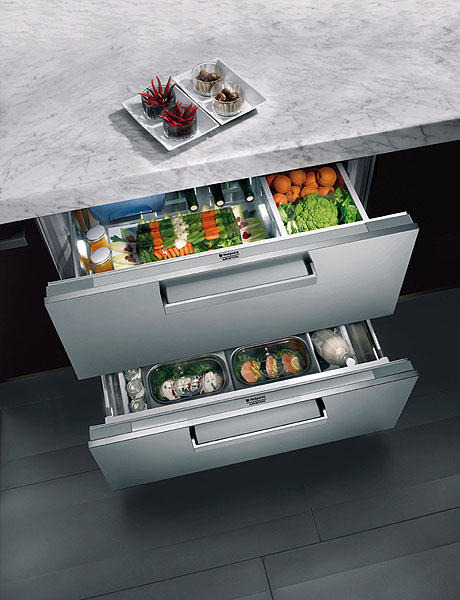
A Wine Cellar Trap Door

A Sleepover Room

A Door Handle That Automatically Turns Off Electricity and Gas When You Leave

A Swing-Set Dining Table
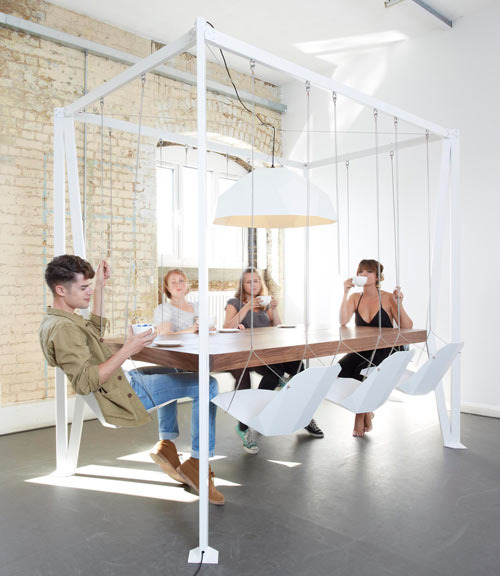
A Built-In TV for the Bathtub

A Glass-Encased Fireplace
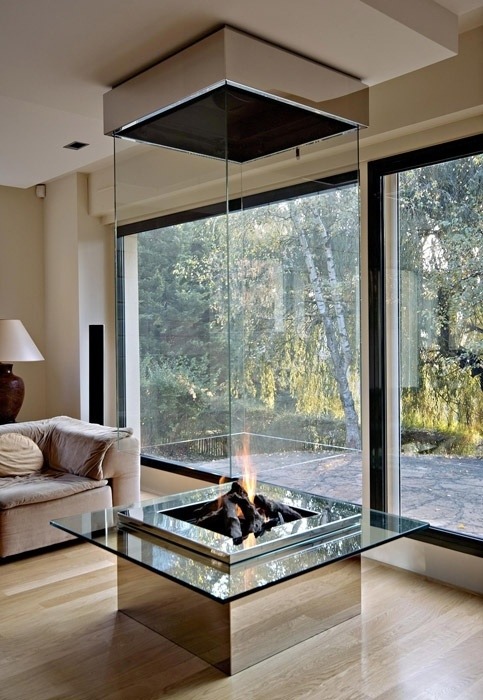
A Loft Hammock

A Hot Tub That Flows from the Inside to Outside

A Huge Round Bedroom Window

A Stained-Glass Door
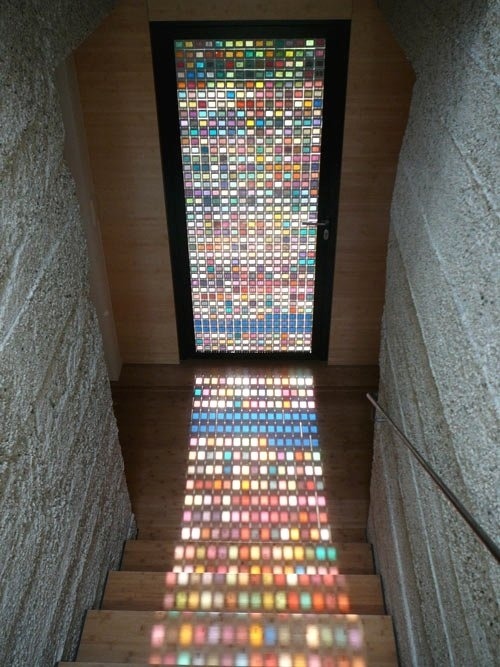
A Library Staircase/Slide
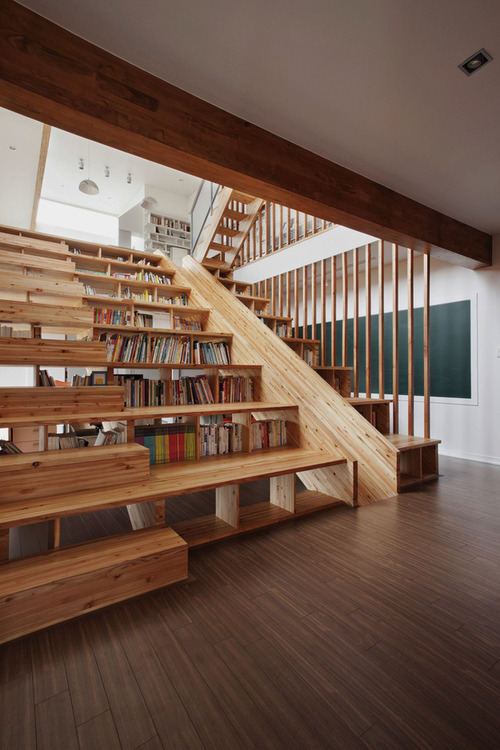
A Bone-Shaped Pool for Your Dog

2016: This Year at NASA!
As 2016 comes to a close and prospects of the new year loom before us, we take a moment to look back at what we’ve accomplished and how it will set us ahead in the year to come.

2016 marked record-breaking progress in our exploration activities. We advanced the capabilities needed to travel farther into the solar system while increasing observations of our home and the universe, learning more about how to continuously live and work in space and, or course, inspiring the next generation of leaders to take up our journey to Mars and make their own discoveries.
Here are a few of the top NASA stories of 2016…
International Space Station
One Year Mission…completed!

NASA astronaut Scott Kelly and Russian cosmonaut Mikhail Kornienko returned to Earth after spending a year in space. Testing the limits of human research, findings from their One Year Mission will help send humans farther into space than ever before.
Commercial Resupply

Commercial partners Orbital ATK and SpaceX delivered tons (yes literally tons) of cargo to the International Space Station. This cargo supported hundreds of science experiments and technology demonstrations crucial to our journey to Mars.
Mars
Expandable Habitats

The Bigelow Expandable Activity Module (BEAM) was one of the technology demonstrations delivered to the space station in April. Expandable habitats greatly decrease the amount of transport volume for future space missions.
Booster Test Firing

In June, a booster for our Space Launch System (SLS) rocket successfully fired up. It will be used on the first un-crewed test flight of SLS with the Orion spacecraft in 2018. Eventually, this rocket and capsule will carry humans into deep space and one day…Mars!
InSight

This year we updated the milestones for our InSight mission with a new target launch window beginning in May 2018. This mission will place a fixed science outpost on Mars to study its deep interior. Findings and research from this project will address one of the most fundamental questions we have about the planetary and solar system science…how in the world did these rocky planets form?
Solar System and Beyond
Juno

On July 4, our Juno spacecraft arrived at Jupiter. This mission is working to improve our understanding of the solar system’s beginnings by revealing the origin and evolution of Jupiter.
OSIRIS-REx

In September, we launched our OSIRIS-REx spacecraft…which is America’s first-ever asteroid sample return mission. This spacecraft will travel to a near-Earth asteroid, called Bennu, where it will collect a sample to bring back to Earth for study.
James Webb Space Telescope

In February, the final primary mirror segment of our James Webb Space Telescope was installed. This will be the world’s most powerful space telescope ever, and is scheduled to launch in 2018. Webb will look back in time, studying the very first galaxies ever formed.
Kepler

In May, our Kepler mission verified the discovery of 1,284 new planets. Kepler is the first NASA mission to find potentially habitably Earth-sized planets.
Earth Right Now
Earth Expeditions

Our efforts to improve life on Earth included an announcement in March of a collection of Earth Science field campaigns to study how our planet is changing. These Earth Expeditions sent scientists to places like the edge of the Greenland ice sheet to the coral reefs of the South Pacific to delve into challenging questions about how our planet is changing…and what impacts humans are having on it.
Small Satellites

In November, we announced plans to launch six next-generation Earth-observing small satellite missions. One uses GPS signals to measure wind in hurricanes and tropical systems in greater detail than ever before.
Aeronautics Research
Our efforts in 2016 to make air travel cleaner, safer and quieter included new technology to improve safety and efficiency of aircraft arrivals, departures and service operations.
X-Plane

In June, we highlighted our first designation of an experimental airplane, or X-plane, in a decade. It will test new electric propulsion technology.
Drone Technolgy

In October, we evaluated a system being developed for the Federal Aviation Administration to safely manage drone air traffic.
Technology
Electric Propulsion

We selected Aerojet Rocketdyne to develop and advanced electric propulsion system to enable deep space travel to an asteroid and Mars.
Spinoffs

Our technology transfer program continued to share the agency’s technology with industry, academia and other government agencies at an unprecedented rate.
Centennial Challenges

Our Centennial Challenges program conducted four competition events in 2016 to spark innovation and enable solutions in important technology focus areas.
Watch the full video recap of ‘This Year @NASA’ here:
Make sure to follow us on Tumblr for your regular dose of space: http://nasa.tumblr.com

Drifting a tank.
-
 illusionxwrites reblogged this · 1 week ago
illusionxwrites reblogged this · 1 week ago -
 aureolinthoughts reblogged this · 1 week ago
aureolinthoughts reblogged this · 1 week ago -
 kyziracrow liked this · 2 weeks ago
kyziracrow liked this · 2 weeks ago -
 huayan liked this · 2 weeks ago
huayan liked this · 2 weeks ago -
 kaersmrhen liked this · 2 weeks ago
kaersmrhen liked this · 2 weeks ago -
 onth3cusp liked this · 2 weeks ago
onth3cusp liked this · 2 weeks ago -
 dreamsgoat liked this · 2 weeks ago
dreamsgoat liked this · 2 weeks ago -
 crackinglamb reblogged this · 2 weeks ago
crackinglamb reblogged this · 2 weeks ago -
 chamomiletea511 reblogged this · 2 weeks ago
chamomiletea511 reblogged this · 2 weeks ago -
 galecor3 liked this · 2 weeks ago
galecor3 liked this · 2 weeks ago -
 aubergine-with-no-peen reblogged this · 2 weeks ago
aubergine-with-no-peen reblogged this · 2 weeks ago -
 ellalily reblogged this · 2 weeks ago
ellalily reblogged this · 2 weeks ago -
 ellalily liked this · 2 weeks ago
ellalily liked this · 2 weeks ago -
 chamomiletea511 liked this · 2 weeks ago
chamomiletea511 liked this · 2 weeks ago -
 pebbltree reblogged this · 2 weeks ago
pebbltree reblogged this · 2 weeks ago -
 my-catsface liked this · 2 weeks ago
my-catsface liked this · 2 weeks ago -
 buggibat liked this · 2 weeks ago
buggibat liked this · 2 weeks ago -
 thecaptainsparky reblogged this · 2 weeks ago
thecaptainsparky reblogged this · 2 weeks ago -
 thesadumbreon reblogged this · 2 weeks ago
thesadumbreon reblogged this · 2 weeks ago -
 thesadumbreon reblogged this · 2 weeks ago
thesadumbreon reblogged this · 2 weeks ago -
 thesadumbreon reblogged this · 2 weeks ago
thesadumbreon reblogged this · 2 weeks ago -
 thesadumbreon reblogged this · 2 weeks ago
thesadumbreon reblogged this · 2 weeks ago -
 thesadumbreon reblogged this · 2 weeks ago
thesadumbreon reblogged this · 2 weeks ago -
 thesadumbreon reblogged this · 2 weeks ago
thesadumbreon reblogged this · 2 weeks ago -
 thesadumbreon reblogged this · 2 weeks ago
thesadumbreon reblogged this · 2 weeks ago -
 thesadumbreon reblogged this · 2 weeks ago
thesadumbreon reblogged this · 2 weeks ago -
 thesadumbreon reblogged this · 2 weeks ago
thesadumbreon reblogged this · 2 weeks ago -
 thesadumbreon reblogged this · 2 weeks ago
thesadumbreon reblogged this · 2 weeks ago -
 thesadumbreon reblogged this · 2 weeks ago
thesadumbreon reblogged this · 2 weeks ago -
 thesadumbreon reblogged this · 2 weeks ago
thesadumbreon reblogged this · 2 weeks ago -
 thesadumbreon reblogged this · 2 weeks ago
thesadumbreon reblogged this · 2 weeks ago -
 thesadumbreon reblogged this · 2 weeks ago
thesadumbreon reblogged this · 2 weeks ago -
 thesadumbreon reblogged this · 2 weeks ago
thesadumbreon reblogged this · 2 weeks ago -
 blackhunter666 reblogged this · 2 weeks ago
blackhunter666 reblogged this · 2 weeks ago -
 pendragony liked this · 2 weeks ago
pendragony liked this · 2 weeks ago -
 phosphorescence7991 liked this · 2 weeks ago
phosphorescence7991 liked this · 2 weeks ago -
 lepetitselkie reblogged this · 2 weeks ago
lepetitselkie reblogged this · 2 weeks ago -
 aratherdifficultusername-blog liked this · 2 weeks ago
aratherdifficultusername-blog liked this · 2 weeks ago -
 youwillneverguessmyurl liked this · 2 weeks ago
youwillneverguessmyurl liked this · 2 weeks ago -
 tharjuh liked this · 2 weeks ago
tharjuh liked this · 2 weeks ago -
 mittensthefirst reblogged this · 2 weeks ago
mittensthefirst reblogged this · 2 weeks ago -
 mittensthefirst liked this · 2 weeks ago
mittensthefirst liked this · 2 weeks ago -
 chicksdigsaurs reblogged this · 2 weeks ago
chicksdigsaurs reblogged this · 2 weeks ago -
 chicksdigsaurs liked this · 2 weeks ago
chicksdigsaurs liked this · 2 weeks ago -
 xenomorphic-warrior liked this · 3 weeks ago
xenomorphic-warrior liked this · 3 weeks ago -
 lywinis reblogged this · 3 weeks ago
lywinis reblogged this · 3 weeks ago -
 theunsinkablesappho reblogged this · 3 weeks ago
theunsinkablesappho reblogged this · 3 weeks ago -
 cazza1805 reblogged this · 3 weeks ago
cazza1805 reblogged this · 3 weeks ago -
 caffeinatedavenger reblogged this · 3 weeks ago
caffeinatedavenger reblogged this · 3 weeks ago -
 these-caffeinated-thoughts liked this · 3 weeks ago
these-caffeinated-thoughts liked this · 3 weeks ago
